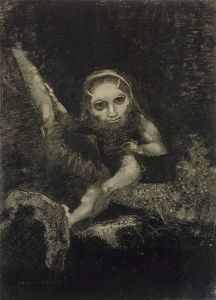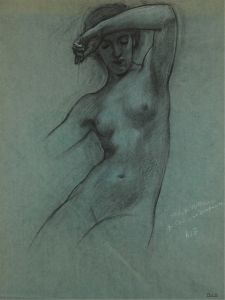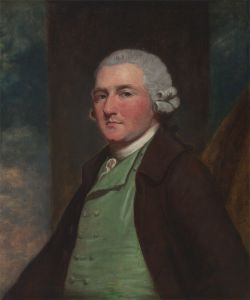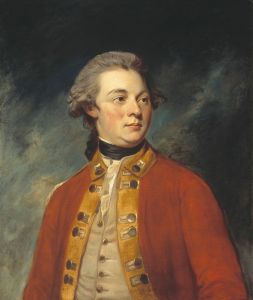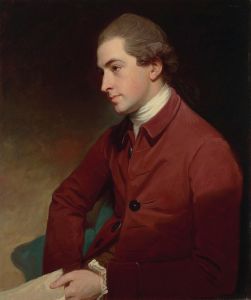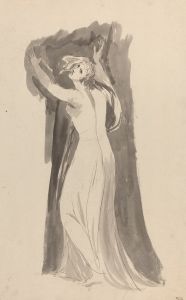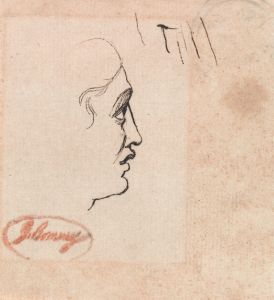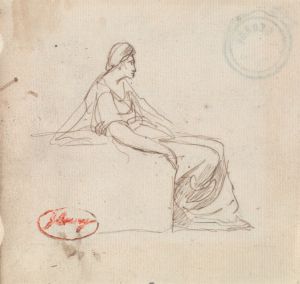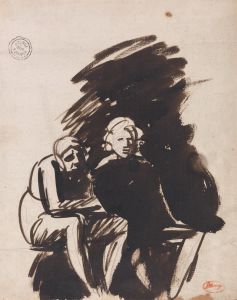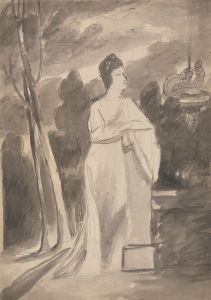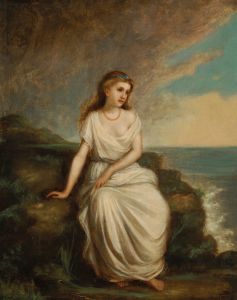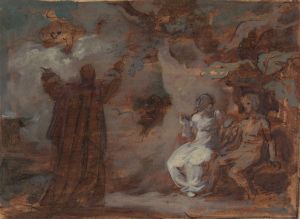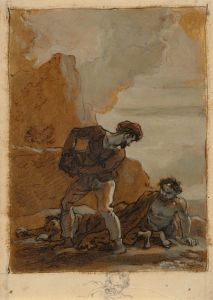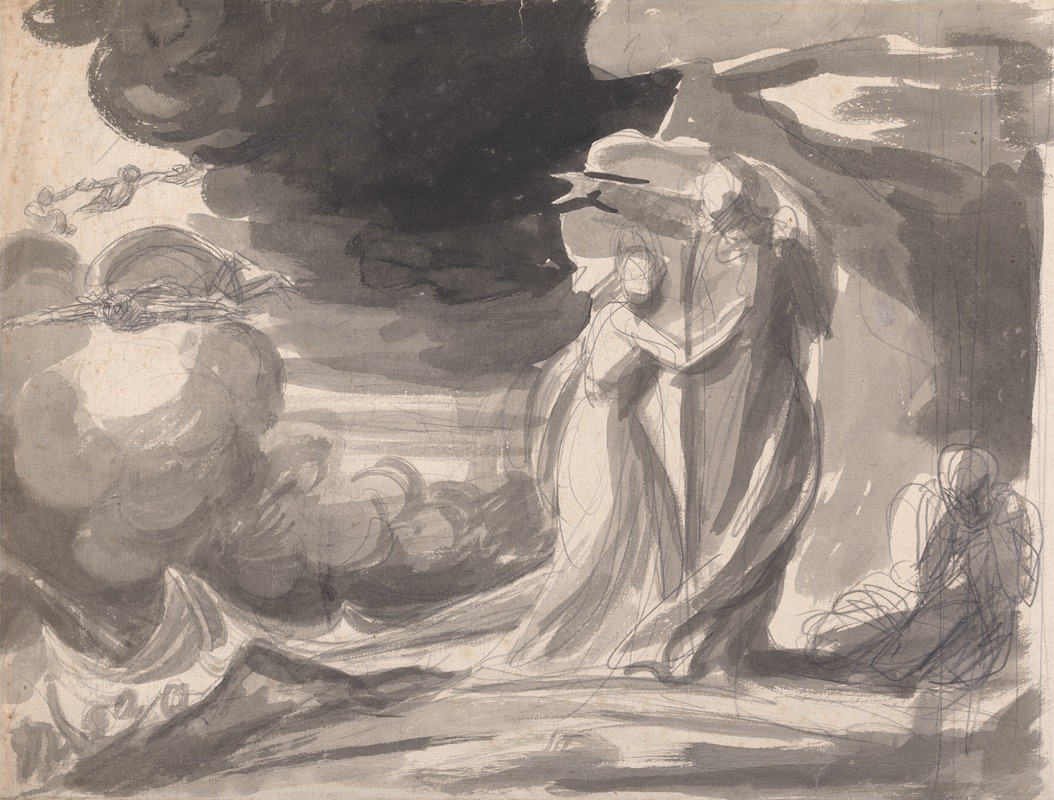
Miranda, Prospero, and Caliban: The Tempest
A hand-painted replica of George Romney’s masterpiece Miranda, Prospero, and Caliban: The Tempest, meticulously crafted by professional artists to capture the true essence of the original. Each piece is created with museum-quality canvas and rare mineral pigments, carefully painted by experienced artists with delicate brushstrokes and rich, layered colors to perfectly recreate the texture of the original artwork. Unlike machine-printed reproductions, this hand-painted version brings the painting to life, infused with the artist’s emotions and skill in every stroke. Whether for personal collection or home decoration, it instantly elevates the artistic atmosphere of any space.
George Romney's painting Miranda, Prospero, and Caliban: The Tempest is an artwork inspired by William Shakespeare's play The Tempest. Created by the English portrait and history painter George Romney (1734–1802), the painting depicts three key characters from the play: Miranda, Prospero, and Caliban. This work reflects Romney's interest in literary and theatrical subjects, which was a common theme among artists of the 18th century who sought to engage with the cultural and intellectual movements of their time.
The painting illustrates a scene from The Tempest, one of Shakespeare's late romances, which tells the story of Prospero, the rightful Duke of Milan, who has been exiled to an island with his daughter Miranda. Prospero uses his magical powers to control the island's inhabitants, including Caliban, a native of the island. The relationships between these characters are central to the play, with themes of power, colonization, and human nature explored through their interactions.
Romney's depiction captures the dramatic tension between the characters. Miranda, Prospero's innocent and compassionate daughter, is often portrayed as a symbol of purity and virtue. Prospero, her father, is shown as a figure of authority and wisdom, wielding his magical staff. Caliban, often characterized as a monstrous and rebellious figure, represents the "other" in the colonial narrative of the play. Romney's interpretation of these characters reflects the artistic conventions of his time, emphasizing emotional expression and theatricality.
The exact date of the painting's creation is not definitively documented, but it is believed to have been produced during the late 18th century, a period when Romney was at the height of his career. Romney was known for his ability to capture dramatic and expressive moments, and his works often drew on literary and mythological sources for inspiration.
The painting is an example of how Shakespeare's works have inspired visual artists across centuries, serving as a bridge between literature and the visual arts. It also highlights the enduring appeal of The Tempest as a source of artistic exploration. Romney's interpretation contributes to the broader tradition of Shakespearean art, which seeks to bring the playwright's characters and themes to life through visual representation.
Further details about the painting's current location or provenance are not widely available.





